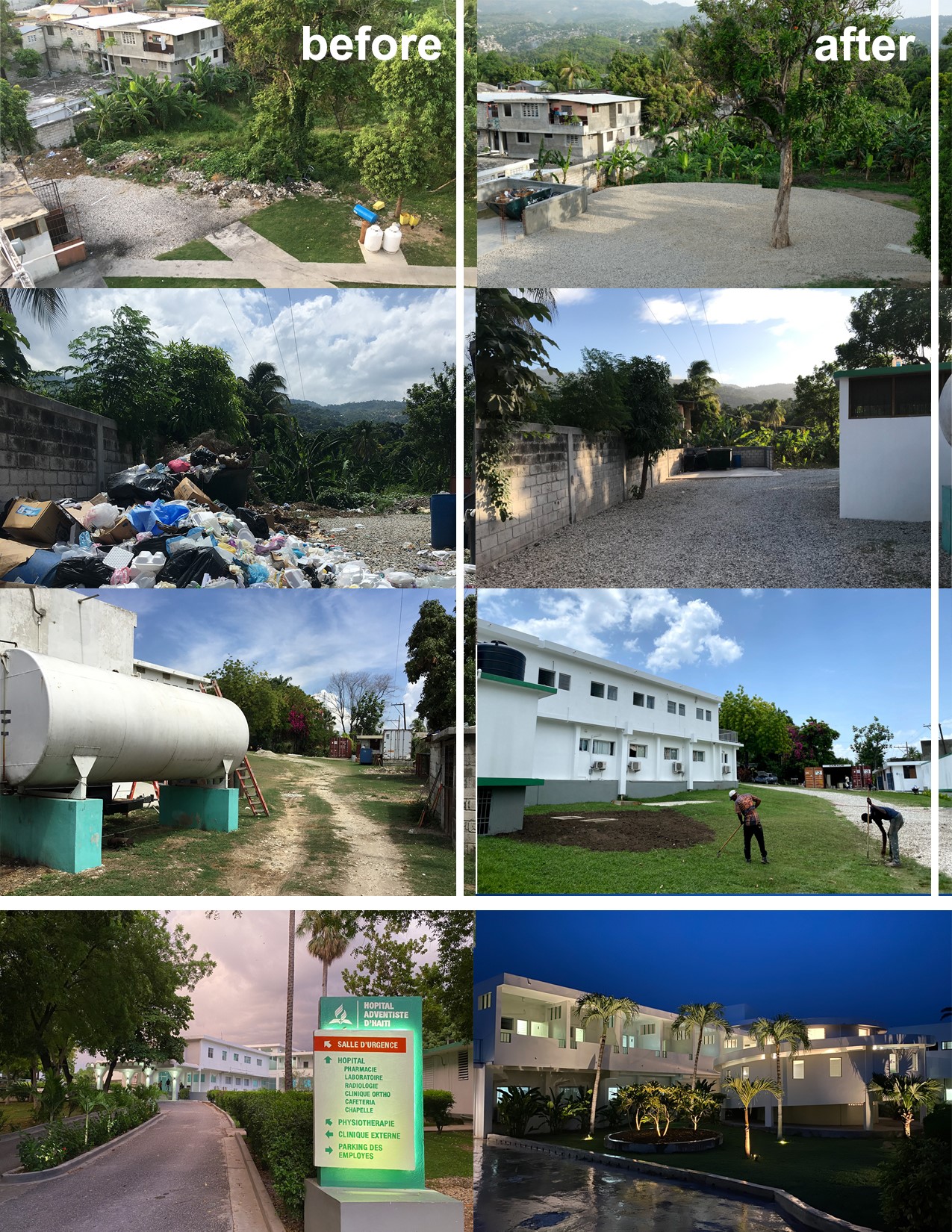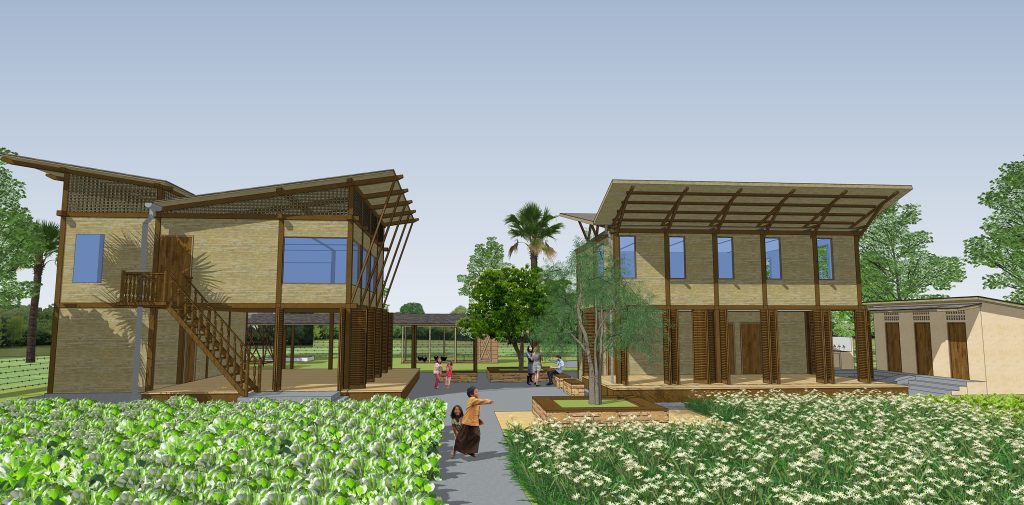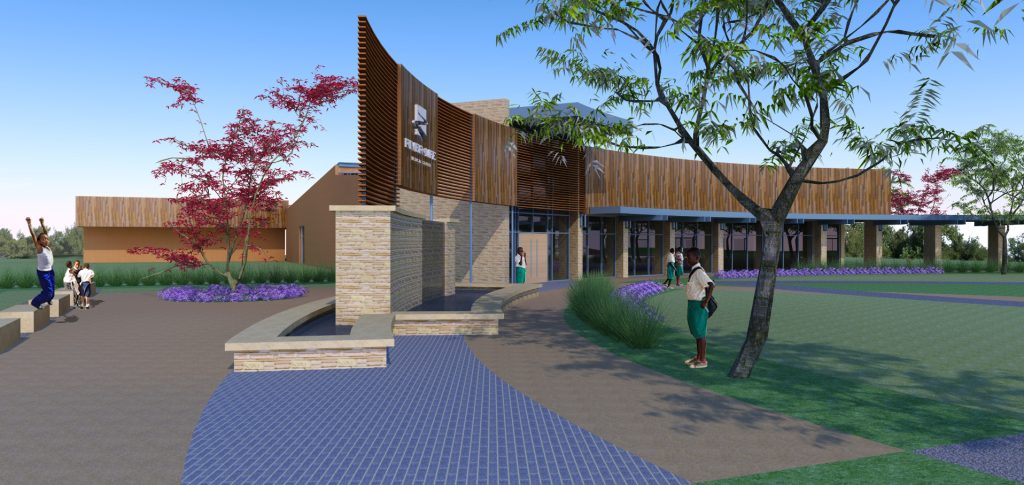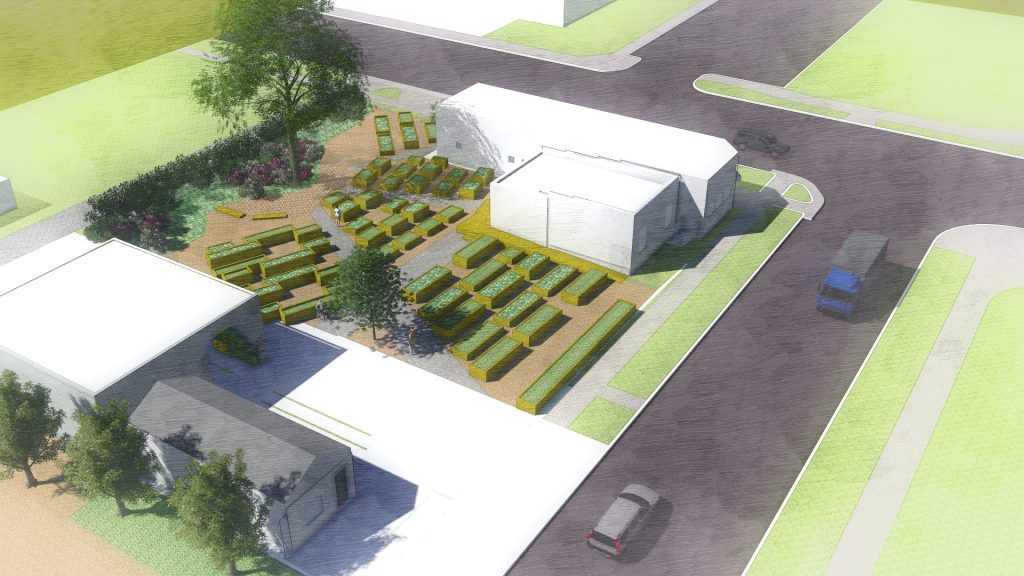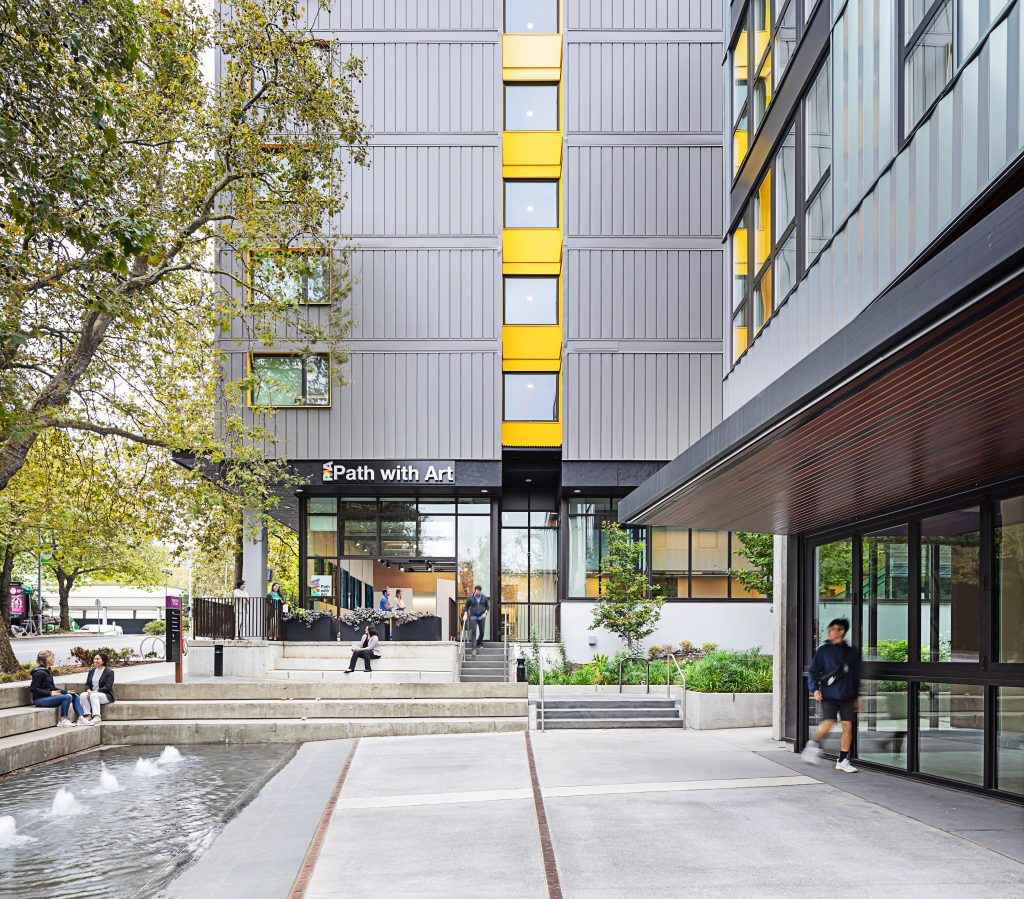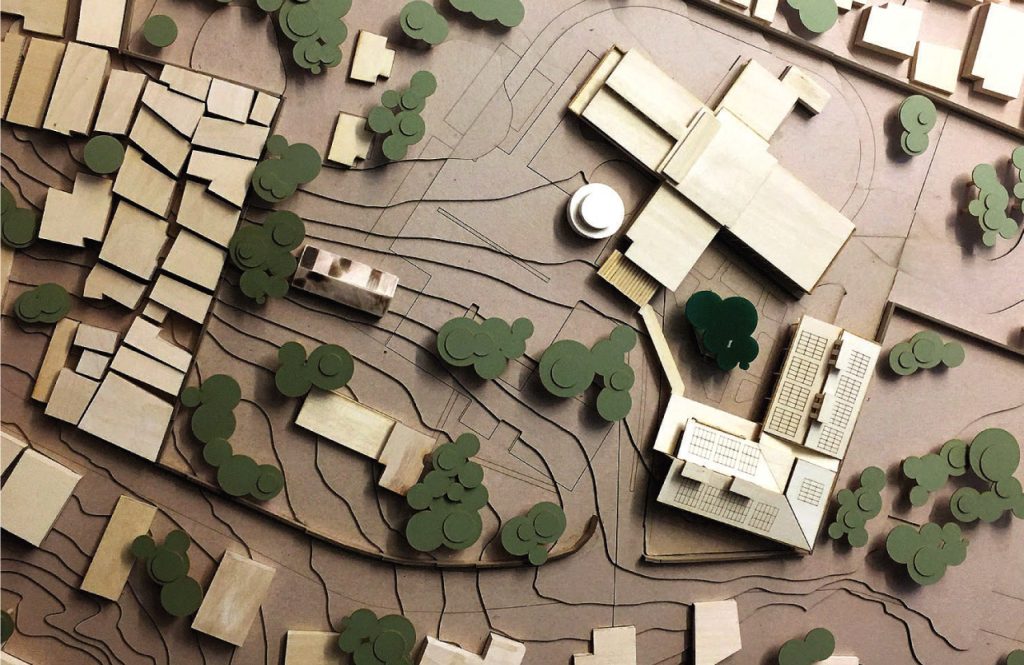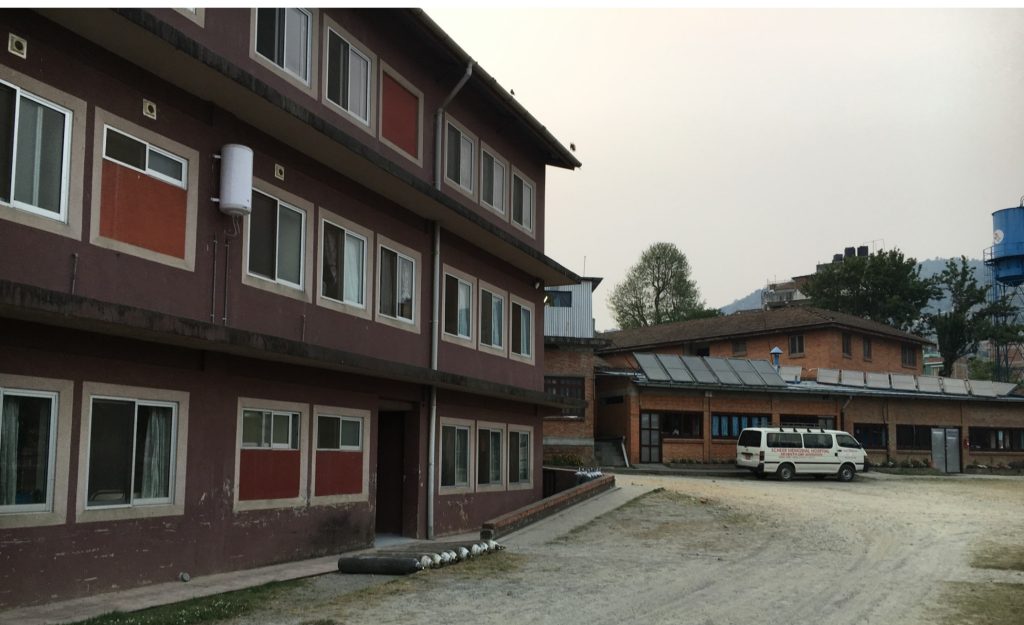Building Hope in Haiti
Port-au-Prince, Haiti
Amidst the dust and noise in Haiti’s capital city of Port-au-Prince sits a lush, tree-lined campus, home to Haiti Adventist – a 55-bed hospital, outpatient clinic and rehabilitation center in the heart of the city.
Built in 1980 through a mission partnership with California’s Loma Linda University, the Haiti Adventist facility serves as a teaching hospital and a critical medical hub providing services not offered at other medical institutions in the region. A staff of 200, including 12 physicians and 50 nurses see hundreds of patients per week and perform 1,000 major surgeries each year while navigating the challenges of providing quality health care with limited resources in the poorest country in the western hemisphere.
Orthopedic specialist Scott Nelson, MD, was one of the first physicians to fly into Port-au-Prince after a devasting earthquake hit the island in 2010, and he was performing surgeries at Haiti Adventist within hours of the disaster. Nelson stayed on to become the facility’s medical director and has grown its program into a nationally renowned center for orthopedics. Today the hospital serves as a training center for both Haitian and international students and residents providing high-quality, advanced orthopedic services and other state-of-the art medical care for those without resources.
Boulder Associates principal Drew Garst volunteered his firm’s expertise to help give the physicians the support they need to provide state-of-the-art care for the local community, as well as for those who travel great distances to get there.
Long-term Vision
While the hospital miraculously survived the quake, its physical structure was in rough shape from years of neglect. As Garst’s team worked to create a master plan for updating and expanding the campus, the project evolved into a complete makeover of nearly every building and department.
Boulder Associates has guided the hospital’s work to consolidate services and expand their emergency department, and also created a plan to modify the existing lab building. Completed construction projects to date include gutting and reconstructing the hospital’s basement level, kitchen, dining and laundry spaces. The design team also created bridging documents — schematic designs that will be handed off to a local Haitian contractor who will act as the architect and engineer for the remainder of the project. These include plans for a 24-bed patient ward, a rehabilitation clinic and the renovation of the existing onsite employee housing for those, like Nelson, who live fulltime on the campus.
“A master plan of the quality Drew has created is just not seen at this scale for mission hospitals,” Nelson says. “It’s usually pieced together bit by bit; but what we have here is a comprehensive plan. The support has been unbelievable.”
Locally-inspired Design
The work has taken patience, and a keen understanding of the community dynamics has been key. Prior to this project, Garst designed clinic spaces in the Dominican Republic and Africa, where he quickly learned that it was a mistake to create an American type of infrastructure that wouldn’t translate to the local culture.
“First we had to understand the local dynamics in Haiti in order to determine what type of design would be effective,” he says. For example, in the U.S. a medical clinic is designed with a private office and, depending on the physician’s specialty, three to four exam rooms enabling the physician to rotate between the rooms to treat patients. In Haiti, the culture dictates that the physicians stay in their office and patients come to them, and this principle guided the clinic’s new design.
The design team has also had to walk a fine line to provide excellence in design, without forcing “American ways” on them, he adds. “For instance, if we were to design our typical mechanical, electrical and water systems, there would be no one there to repair them when they break. We have had to learn what can be designed and delivered down there and to understand what can be taken care of in the long term,” Garst says.
“Ultimately, we are designing for the physicians and the patients in this unique environment,” Garst adds. “The team at Haiti Adventist needs to be able to take care of themselves and their patients, and we have designed a beautiful, functional campus that helps them do just that.”
